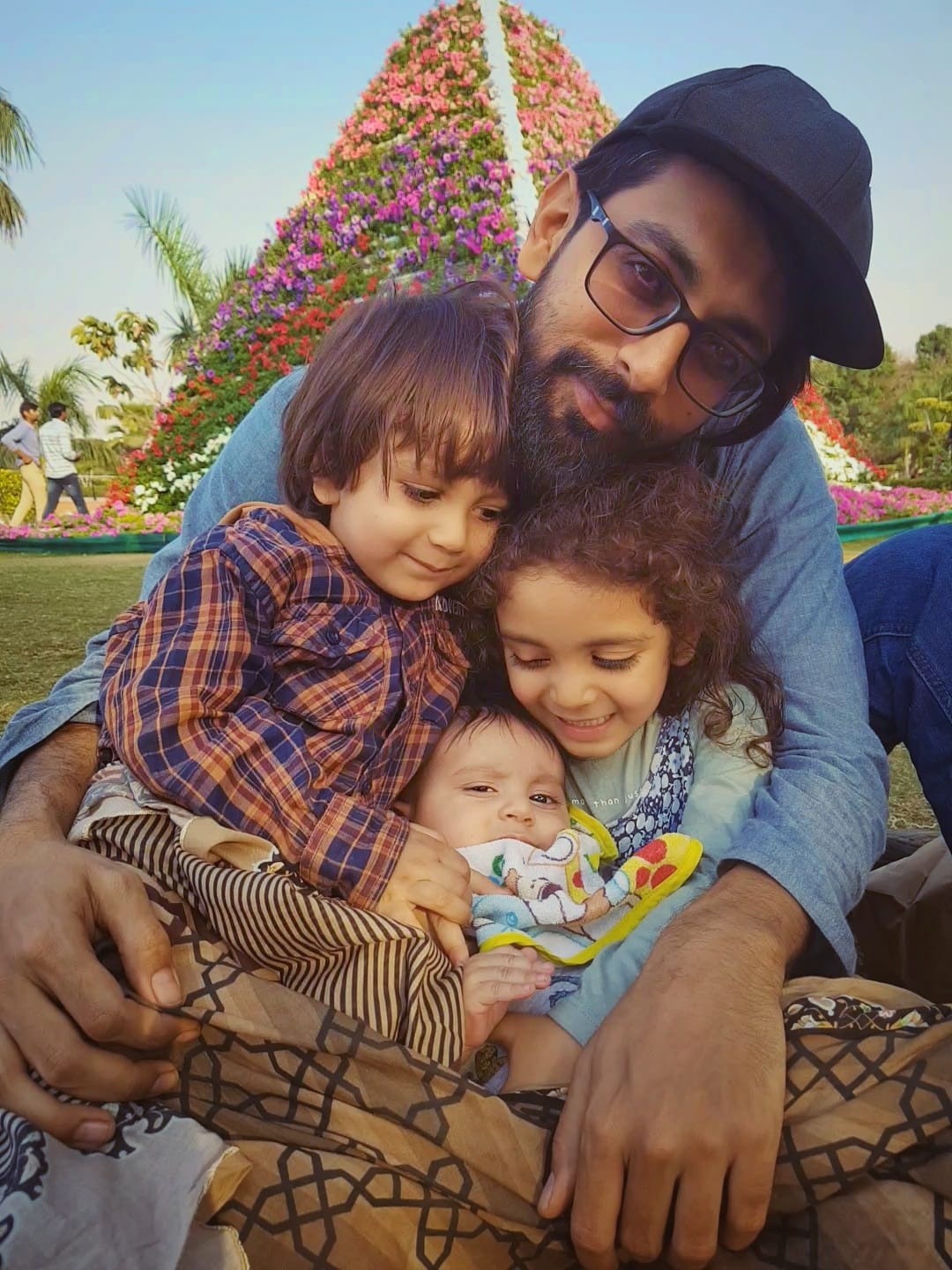## 🧠 GHK Inferred Perspective on “Sudden Death Syndrome”
### Conflict Theme:
In GNM, a key type of conflict is the death-fright conflict (German: *Todesangst-Konflikt*) — when someone experiences a sudden shock of fearing for their life or the life of someone close. For example:
- A near-fatal accident
- Sudden loss of a loved one accompanied by fear of one’s own survival
- A life-threatening diagnosis
In the resource for the lungs(alveoli), GNM states:
“The biological conflict linked to the lung alveoli is a *death-fright conflict* because, in biological terms, the death panic is equated with not being able to breathe.” ([http://learninggnm.com][2]).
Likewise, in the “Female Sexual Organs” document, GNM states: “Sudden Infant Death Syndrome (SIDS): The sudden death of the baby … happens during sleep … According to GNM, death occurs when the baby goes into the healing phase of several conflicts experienced during gestation or after birth.” ([http://learninggnm.com][3])
Therefore, GHK would interpret sudden death as the *epileptoid crisis* (or peak of healing) of a massive unresolved conflict in a vital area of the brain (likely brainstem/hindbrain) leading to a fatal brain-edema or organ collapse.
### Biological Process (Inferred):
- A conflict (DHS) triggers a biological program in the brain/organ level.
- If conflict remains active or healing begins (with swelling/edema) in a vital brain relay (e.g., heart control, brainstem regulation), the *epileptoid crisis* may produce a sudden fatal event.
- GNM states: death occurs if several crucial SBS programmes enter healing (swelling) simultaneously and brain pressure (edema) is too great. From the “Female Sexual Organs” page:
> “Death occurs when the baby goes into the healing phase of several conflicts … Death is caused by the pressure of the brain edemas, particularly with the SYNDROME…” ([learninggnm.com][3])
### Key Root Cause (GHK Summary):
*Sudden death* is not seen as randomness; rather, in GHK it is the final *biological exit point* when the body’s healing phase of unresolved, vital-organ conflicts produces overwhelming brain swelling or organ failure.
> Root conflict themes often include: “My life is in grave danger,” “I cannot survive this,” “My body is failing,” or “I have lost the vital support that keeps me alive.”
—
## ✅ Why These Are Inferences, Not Direct Quotations:
- The website does reference SIDS and death-fright conflicts, but does not appear to have a standalone “Sudden Death Syndrome” entry.
- The above root cause is drawn by connecting multiple GHK conflict themes (death-fright, existence-conflict) and extending them to sudden death.
- For accuracy: the exact brain relay, organ programme, or conflict cited for sudden death is not explicitly named on the publicly indexed parts of LearningGNM.
—
## 🧭 Healing & Awareness (GHK-Style Approach):
Although sudden death cannot always be prevented, GHK suggests meaningful steps where possible:
- Review major life shocks — “Have I been in a situation where I believed I might die or lost essential support?”
- Resolve ongoing conflicts of survival or existence. Emotional therapy aiming at restoring trust in life and safety.
- Support bodily healing: rest deeply, avoid new shocks, create stable environments.
- For relatives: grief, shock, and fear may themselves trigger conflict programs — resolving these help prevent further complications in survivors.
- Accept that the body’s biological programs are meaningful — fear of death should not create further conflicts of “why did I survive when others did not”.
—
### ✨ Core Message:
In GHK perspective:
> Sudden death is not simply accidental. It is the body’s final biological act when overwhelming life-threat conflict enters healing mode and vital brain/organ regulation collapses.
While medical intervention has limits, emotional peace, conflict resolution, and stabilization of life can support prevention of related biological programs.

